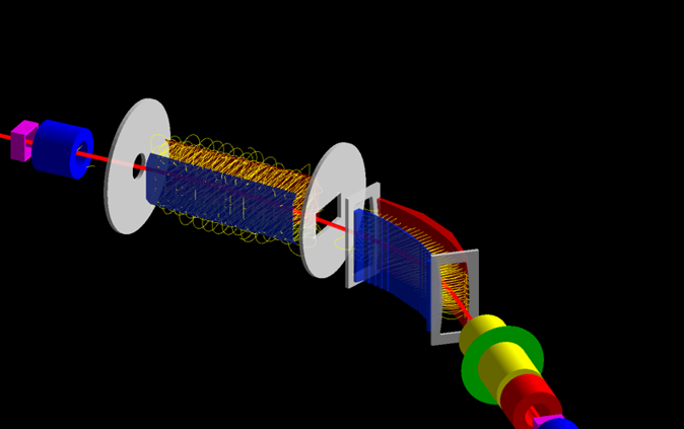Peer-reviewed article describing realistic 3D modelling of electrostatic elements in low energy machines published

Novel antimatter experiments at CERN require high intensity, low energy antiproton beams. Each experiment has a set of desirable beam parameters. To achieve this, and obtain the greatest efficiency, transfer lines will be based on electrostatic optics. Unfortunately, only a small amount of simulation codes allows the realistic and flexible implementation of such elements.
In just published article of the last year LEAP proceedings, AVA Fellow Volodymyr Rodin showed that comprehensive explorative approach is possible by modification of existing tools. A full 3D model of the electrostatic transport line from ELENA to the ALPHA experiment was implemented in a widely used Geant4 environment.
It was shown that at such a low energy scale, even small electrostatic field imperfections will have a significant impact on the orbit and quality of the beam. Hence, the simulation should consider many combined factors including parameterized shapes of inhomogeneous and fringe fields, stray magnetic fields, residual gasses, space charge effects.
Furthermore, one of the possible extensions of this study is that the existing model of the beamline can be expanded and sewed together with the other experiments at the AD hall, for the purpose of tailoring beam quality to each experiment.
Further information:
V. Rodin, J. R. Hunt, J. Resta-Lopez, B. Veglia, et al., Realistic 3D implementation of electrostatic elements for low energy machines, Hyperfine Interact (2019)
https://doi.org/10.1007/s10751-019-1578-7